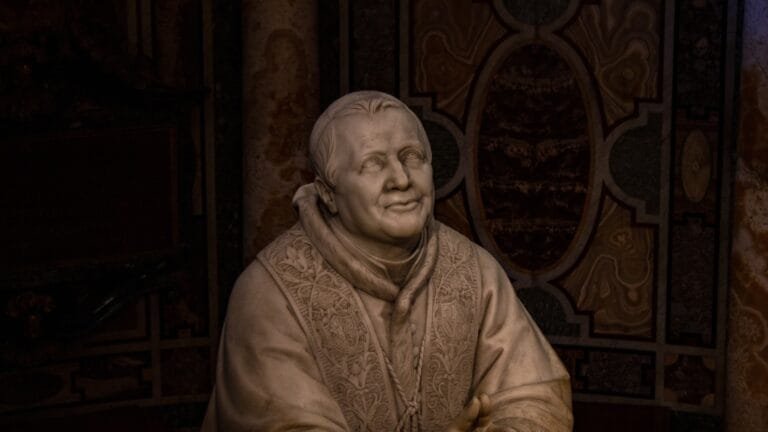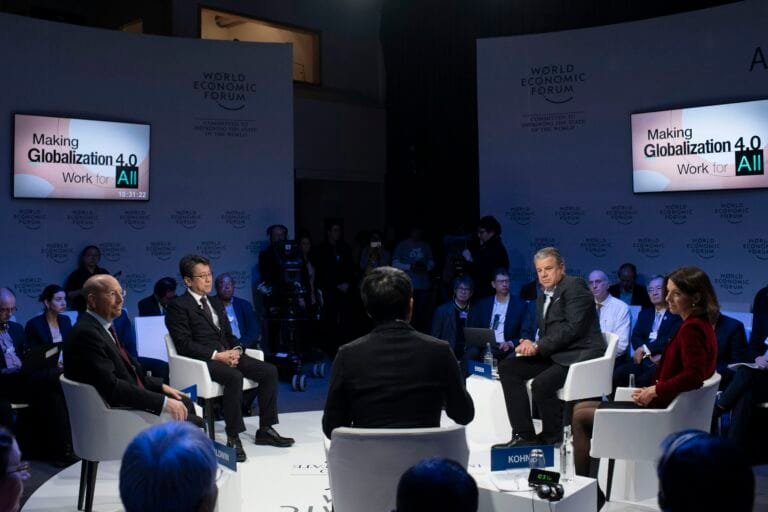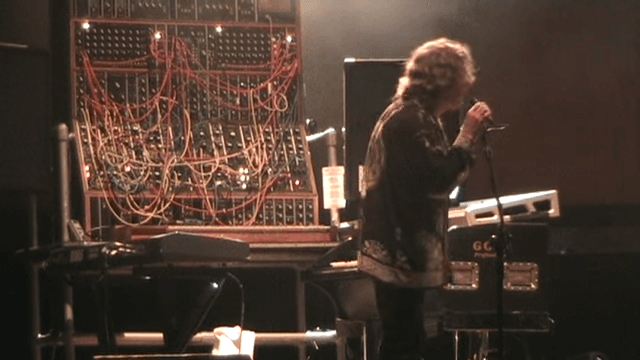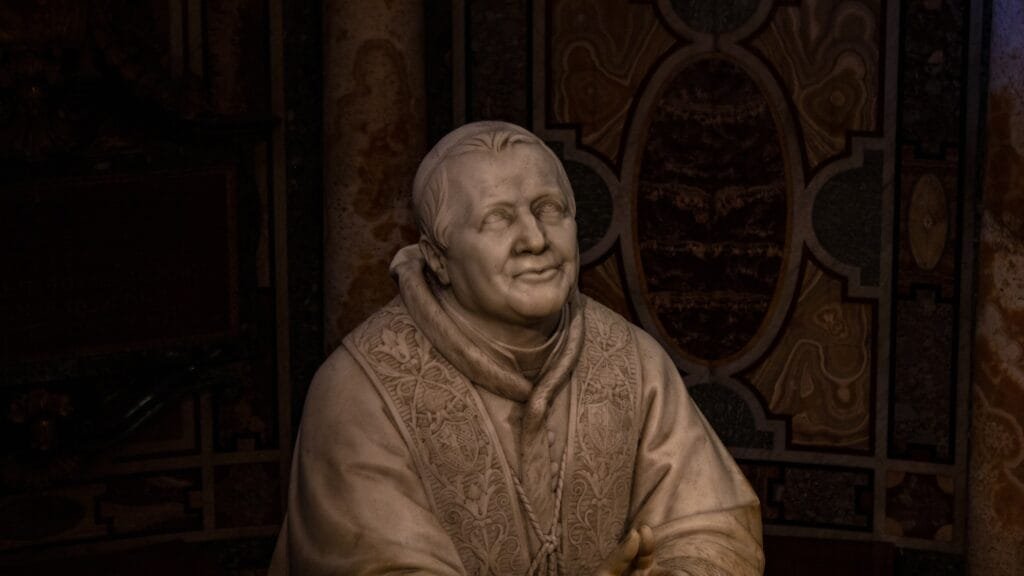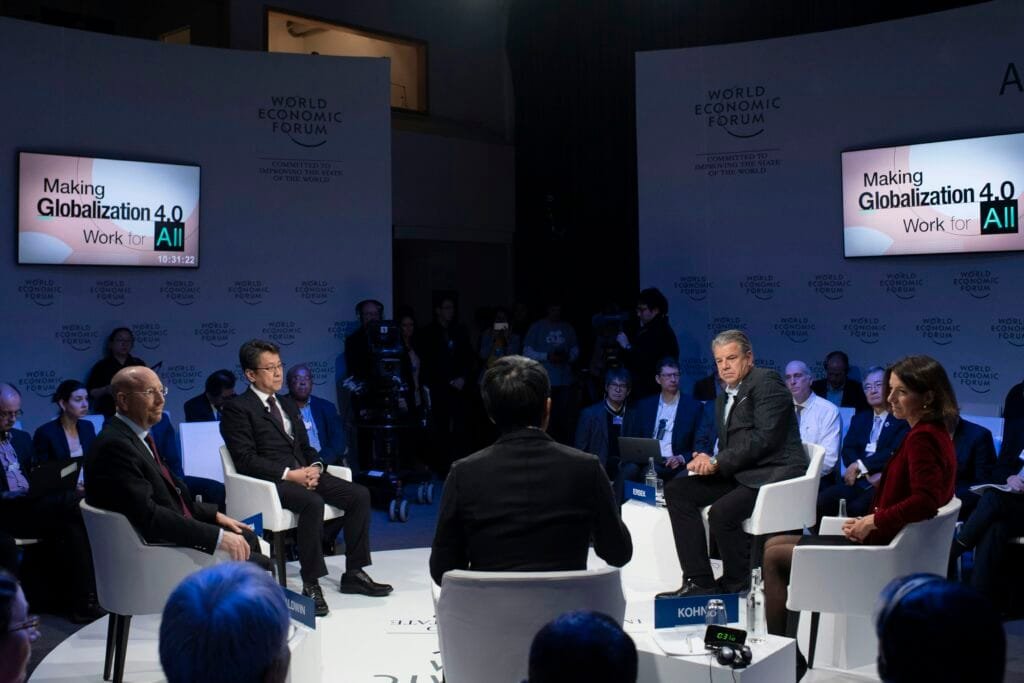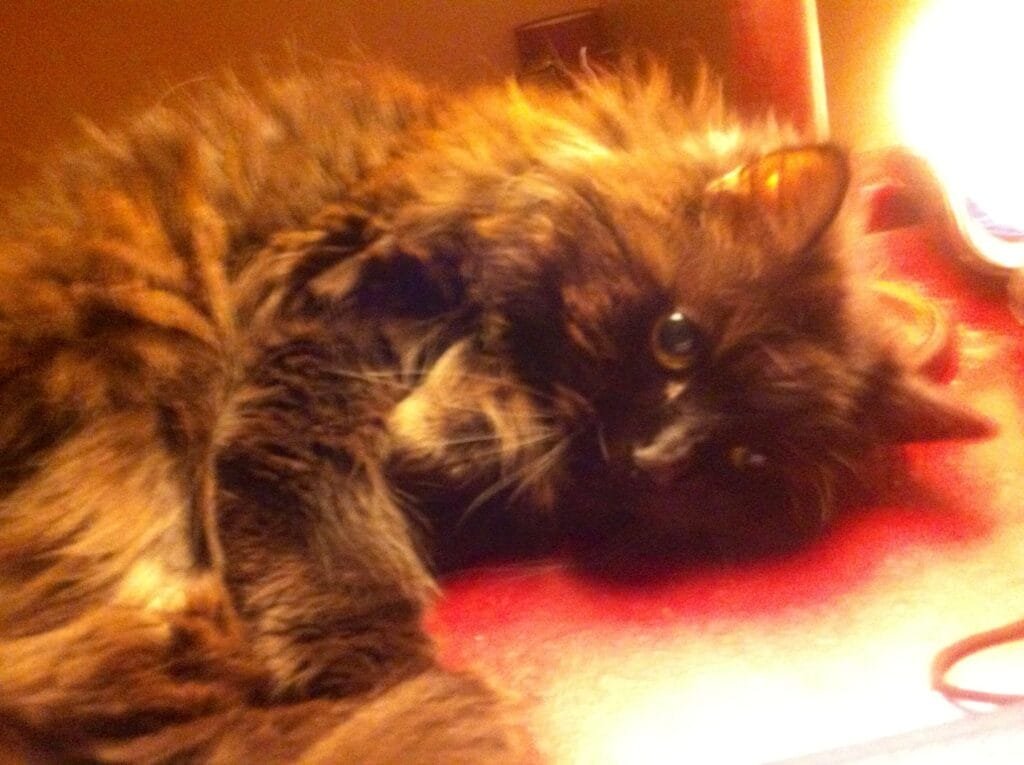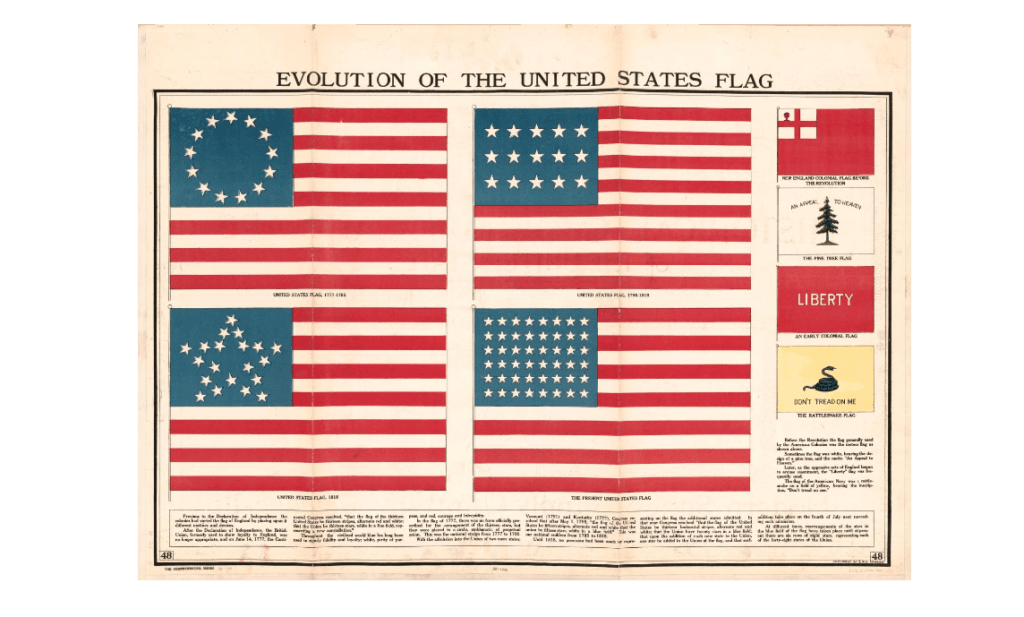It is a virtual given that Russia will try to manipulate the United States’ 2024 general election. Moscow persists in its brutal effort to conquer Ukraine, and one of the two main candidates—former President Donald Trump—has promised to cut American support for the country, while the other, President Joe Biden, is trying to increase it. Russia, then, has every incentive to tilt the contest toward Trump.
The 2024 election will not be the first one Moscow has meddled in. According to a 1,000-page 2020 report by the Republican-controlled Senate Intelligence Committee, Russia mounted a systematic effort to ensure an election victory for Trump in 2016. The report did not find that Trump’s campaign engaged in a coordinated conspiracy with Russia, yet it documented extensive covert contacts between Trump campaign advisers and Kremlin operatives. The Trump campaign chair Paul Manafort, for example, discussed election strategy and shared internal polling data with Konstantin Kilimnik, a Russian intelligence officer.
In the wake of the report, Democrats and Republicans sparred over whether the web of contacts constituted “collusion” between candidate Trump and Russia. But whether or not the Trump campaign’s coordination effort met that threshold, an earlier U.S. presidential candidate’s efforts most certainly did. That story has not, until recently, been told.
In 1948, Henry Wallace, the former agriculture secretary, commerce secretary, and vice president under President Franklin Roosevelt, bolted from the Democratic Party, took leadership of a new Progressive Party, and challenged President Harry Truman in the general election. He set out to tar Truman as a warmonger, to undermine his foreign policy, and to convince the American public that the nascent Cold War in Asia and Europe might be ended instantly by a Wallace victory. That meant working secretly with Soviet officials—including the Kremlin dictator himself, Joseph Stalin, from whom Wallace took direction.
CLEAR COLLUSION
Wallace had long been enamored of Soviet “economic democracy” and had insisted that Stalin’s aggressive expansionism was driven wholly by a legitimate fear of Anglo-American “imperialism.” For years, Wallace had pined for an audience with the generalissimo, through which he could establish himself as a statesman of peace. As vice president in March 1944, he asked FDR to send him to Moscow, but the closest he was permitted to venture was Siberia. In June 1946, as Truman’s commerce secretary, he sent a trade mission to Moscow, hoping to go himself later that year as the head of a delegation to consummate a deal. But the mission was a failure. The Soviets wanted only unconditional loans to buy U.S. goods—loans that the State Department would not approve in the absence of better U.S. trade access in Eastern Europe.
In Moscow in November 1946, two months after Truman fired Wallace as commerce secretary, the Associated Press journalist Eddy Gilmore—who would shortly win a Pulitzer for his interview with Stalin—told a young Soviet foreign intelligence officer masking as a cultural information officer, “strictly off the record,” that Wallace wished to visit Russia. But the Foreign Ministry saw no political benefit in soliciting Wallace, now only a private citizen, and Wallace saw no benefit in going as a tourist, having to beg for photo ops.
Yet even as Soviet interest in Wallace rose with the prospect of his running for president, neither side would make a move—until 1948. In the spring of that year, Wallace, now a declared presidential candidate, secretly approached the newly appointed Czech ambassador to the UN, Vladimir Houdek, asking for his help in making contact with Houdek’s Soviet counterpart, Andrei Gromyko. Wallace had met Gromyko several times over the years, publicly and privately, and would have had no difficulty getting an appointment through official Soviet channels. This time, however, Wallace wished to keep the contact hidden. His effort succeeded. In late March and again on April 2, Wallace met secretly with Gromyko at the ambassador’s residence in New York.
The 2024 election will not be the first one Moscow has meddled in.
The encounters between Wallace and Gromyko, as I recently discovered in Russian archival documents, are detailed in a cipher cable that Gromyko sent to Moscow on April 2—a cable designated “Strictly Secret,” a level above “Top Secret.” According to the cable, Wallace, at the March meeting, told Gromyko he wished to go to Moscow, leaving open questions of timing and itinerary. At the April meeting, Wallace explained that he “wanted to come to a definite agreement with . . . Generalissimo Stalin on all major problems of Soviet-American relations.”
To Gromyko, such conceit must have seemed breathtaking. He had some time ago concluded that Wallace was, politically, no match for his own ambitions. But Gromyko believed that Wallace was still valuable as a stooge and might, if used wisely, wreak havoc with American foreign policy—and even help replace the Democratic Party with a pro-Soviet one.
Wallace’s aim, according to Gromyko’s account, was to use his “conversation with comrade Stalin . . . to make a definitive statement to the American people.” He would show “that in the case of his election,” there would be “an agreement with the USSR on such and such important issues.” Wallace, Gromyko wrote, stressed “that his Moscow trip would strengthen his position as a presidential candidate,” but “only if he actually reached an agreement [with Stalin] on important issues.” He therefore wanted “to have a preliminary agreement on certain issues prior to his trip.”
Remarkably, however, Wallace insisted that he did not have any particular issues in mind. Instead, Gromyko wrote to Moscow, Wallace wanted “us to list such issues.” Wallace made clear that he sought no actual concessions from Stalin. Under a Wallace presidency, there was to be no Cold War irrespective of whether Stalin did anything that a responsible U.S. government would naturally expect from a partner in peace. There was to be no Cold War simply because Henry Wallace needed American voters to believe it had been created by Harry Truman, and that its cessation required only Wallace’s election. As for Stalin, all he had to do to was write his own sequel to the February 1945 Yalta agreements with Roosevelt, in which the leaders had sketched out the future of Germany, Eastern Europe, and the United Nations. Although no one has ever been convicted under the 1799 Logan Act, Wallace’s talks with Gromyko severely tested its prohibition against U.S. citizens engaging in unauthorized negotiations with foreign governments.
ASK AND RECEIVE
After his first two meetings, Gromyko remained cautious, even suspicious, of Wallace. The former vice president’s open invitation triggered a host of questions, including why he didn’t raise any issues of his own. Even after having “borrowed” and copied Wallace’s private diary during his 1944 Siberian tour and finding nothing remotely suspicious, the Soviets could never quite believe that he did not, like all imperialists, have a hidden imperialist agenda. They wondered whether Wallace might be fishing for intelligence.
Gromyko pressed him. “How,” the ambassador asked, was Moscow “to understand his statement that at present he did not mean to name any particular issues to be negotiated?” Did it mean “that in the future he would be able to name such issues?” Wallace continued to insist that Moscow could name the issues. He offered only that “disarmament” might be “one of such issues.”
With the potential rewards high—the prospect of undermining Truman’s credibility—the Soviets decided to press ahead. When Gromyko and Wallace met again on April 20, Gromyko had a list of issues from Moscow. It had been prepared by Foreign Minister Vyacheslav Molotov, with Stalin penciling in subject headings, crossing out one item (“the borders of the political influence of the USSR”) as an irrelevant legacy of “fascist” thinking, and designating six items as appropriate for discussion prior to the U.S. elections.
The first of these was the “question of peaceful policy,” which included “the banning of atomic weapons and the introduction of international control over atomic energy.” This was code for saying that the United States should destroy its nuclear weapons before Moscow agreed to any inspection regime. The second was “the question of non-interference into the domestic affairs of other nations,” which included the “preclusion of military bases in the territory of [other U.N. nations]” and “the use of . . . methods of economic pressure for political ends.” This was code for saying that the United States should withdraw its forces from Europe and terminate the Marshall Plan. The third was “the question of European recovery,” which included “restor[ing] UNRRA” (the United Nations Relief and Rehabilitation Administration) to its predominant role. This was code for saying that the United States should revert to funding foreign relief and recovery assistance solely through the UN.
Gromyko remained cautious, even suspicious, of Wallace.
Then, the list turned to particular countries. The fourth item dealt with “the question of Germany,” which included “strict compliance with the decisions of the Crimean and Potsdam Conferences” and the “institution of a united peace-loving German democratic government.” This meant that the United States should expeditiously deliver $10 billion in reparations from western Germany and accept the creation of a Soviet-friendly unified German government. The fifth was “the question of the Far East,” including the “withdrawal of armed forces” from China and Korea. This meant that the United States should remove all its troops from Asia. Sixth, and finally, was “the question of Japan,” which included “the creation of a demilitarized, democratic and peace-loving” country. This meant that Japan must not become a U.S. military ally.
Stalin indicated that “the question of the internationalization of the Dardanelles, the Suez, and the Panama channels” could be discussed after the elections, “as well as that of strategic air bases in Greenland, Iceland, Okinawa, etc.” By this, Stalin meant that the Soviet Union and the United States should share power over key global water channels and that Washington should abandon its foreign military air bases. Stalin apparently considered such realpolitik questions too sensitive for open conversation during the campaign.
Wallace listened approvingly as Gromyko read the list. When Gromyko finished, Wallace assured the ambassador that he “had planned [to raise] almost all those issues” himself.
UNINDICTED CO-CONSPIRATOR
Back in Moscow, Stalin issued his final approval for collusion with Wallace. But he deemed it politically wise to keep conducting it at a distance. A “trip may do harm,” Stalin wrote in a veto of Wallace’s travel plans. “A statement,” however, “is useful.” He concluded that it would “better be done by Wallace,” with Stalin subsequently “stating his sympathy.”
And so Wallace wrote an “open letter” to Stalin proposing steps the two sides should take to end the Cold War. Some of those steps had been indicated to him by Stalin himself, and I found documentary proof of Stalin’s approval of, deletions of, or edits to the items Wallace penned. Wallace read the letter before 19,000 supporters at Madison Square Garden on May 11.
One week later, Stalin issued his public endorsement. “[T]he open letter of Mr. Wallace, Presidential candidate of the United States third party,” Stalin said, “is the most important document” among those that had been issued since World War II to further the “consolidation of peace” and “international cooperation.” He contrasted the promise of Wallace’s “concrete program for peaceful settlement of the differences between the U.S.S.R. and the United States” with “the inadequacy” of statements from the current U.S. government. He highlighted over a dozen of Wallace’s proposals (the ones requiring only U.S. concessions), concluding that they represented “a good and fruitful basis” for an agreement between the two countries.
When asked by reporters for his reaction to Stalin’s statement, Wallace did his best to put on an air of humility and surprise. “If I have done anything that moves the world further toward peace,” he told them, “I feel that my campaign will have been a success.” Campaigning in California, Wallace proclaimed “that the Russian government is truly prepared to discuss issues on their merit and is genuinely interested in finding a way for the two great powers to live at peace.” He did not mention that the proposals Stalin had singled out were largely those that Stalin himself had put forward.
Wallace’s collusion with Stalin suggests a red flag for 2024.
Some American political figures suspected the two men were working together. Curtis MacDougall, the Illinois Progressive Party senatorial candidate in 1948, wrote to Wallace years later asking whether he had contacted anyone in the Soviet embassy “to make sure your open letter to Stalin would get a reply.” Wallace denied it. “I had no assurances from anyone,” he wrote back, falsely, “and made no effort to get assurances that Stalin would reply to my open letter which was released in May of 1948 but which was never sent to Stalin.”
The FBI, tipped off by a suspicious State Department about possible collusion between Wallace and Moscow, planted agents at the print shop where the open letter had been copied and determined that Wallace had to have had advance knowledge of Soviet public statements. The collusion was thus proved. But neither the FBI nor the Truman administration took action.
This fact may, at first, seem strange. But by the time Wallace had begun working with Moscow, public opinion toward the Soviet Union had toughened, given its aggressive behavior in Asia and Europe, and had soured toward Wallace and his Communist-infiltrated Progressive Party. A poll taken two weeks before the Stalin-Wallace spectacle of May 11 showed that only ten percent of Americans believed the United States should be “more willing to compromise” with the Soviet Union, whereas 61 percent thought it “should be even firmer.” The Madison Square Garden rally may have energized Wallace’s supporters, yet it hardly helped him with the vast remainder of the electorate. “The whole business,” the journalist Vincent Sheean wrote in The Saturday Evening Post, “was simply a mechanism for giving Stalin’s approval to an American presidential candidate.”
Truman, of course, went on to victory in November. Wallace garnered barely a million popular votes and no electoral votes. He came in fourth—behind the Dixiecrat segregationist Strom Thurmond.
Wallace’s collusion with Stalin in 1948, however, suggests a red flag for 2024. Trump has already said that he would end the war in Ukraine in a day. Just as Stalin wanted Americans to believe that peace in Europe meant rejecting support for “Nazi” elements in western Germany, so Russian President Vladimir Putin wants Americans to believe it means rejecting support for the “Nazi” government in Ukraine. Collusion between Trump and Putin in the form of, say, a bogus peace pledge would therefore make perfect political sense. In light of such a real and disturbing prospect, we can only hope that American voters will be as wary, critical, and discerning as those in 1948.
Loading…



